Imagine walking through a bustling spice market, the air filled with scents both sharp and sweet. Hidden among the jars and bundles are a few quiet treasures that all happen to start with the letter I. They aren’t the most common spices or herbs on the shelf, but that’s what makes them special—ingredients like Indian long pepper, indigo bush, or Italian herbs that add a spark of curiosity to cooking.
The beauty of “I” is in its intrigue: flavors that surprise you, names that make you pause, and traditions that carry stories across cultures. In this article, we’ll uncover the spices, seasonings, and herbs beginning with I, showing how even the less familiar letters of the alphabet can hold something worth tasting.
Spices that Start with I
1. Indian Long Pepper (Pippali)
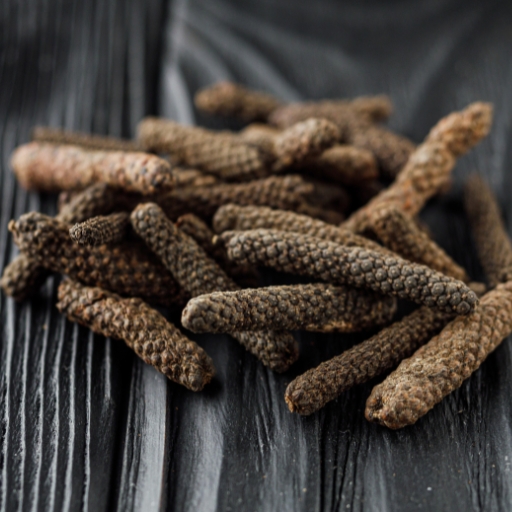
- Origin & History: Native to India and Southeast Asia; prized in Ayurvedic medicine and ancient Roman cuisine.
- Appearance: Long, cone-like catkins of tiny pepper seeds.
- Taste & Aroma: Spicy, earthy, more complex than black pepper.
- Culinary Uses: Curries, pickles, spice blends, and Ayurvedic tonics.
- Health Benefits: Aids digestion, boosts metabolism, supports respiratory health.
- Fun Fact: Romans valued long pepper more highly than black pepper before it fell out of European trade routes.
2. Indonesian Cinnamon (Korintje)

- Origin & History: Grown mainly in Sumatra and Java; one of the most widely traded cinnamons today.
- Appearance: Rolled, reddish-brown bark sticks or ground powder.
- Taste & Aroma: Sweet, warm, slightly woody.
- Culinary Uses: Baked goods, curries, stews, spice blends.
- Health Benefits: Supports blood sugar control and is rich in antioxidants.
- Fun Fact: Makes up about 70% of cinnamon sold in the U.S.
3. Indian Bay Leaf (Tej Patta)
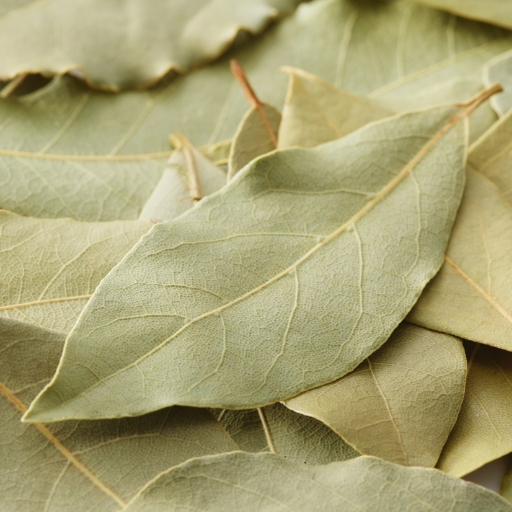
- Origin & History: Native to India and neighboring regions; part of Mughlai cooking traditions.
- Appearance: Long, glossy, olive-green leaves resembling bay leaves.
- Taste & Aroma: Cinnamon-like with clove notes.
- Culinary Uses: Curries, biryanis, stews, rice dishes.
- Health Benefits: Helps digestion and has antimicrobial properties.
- Fun Fact: Not related to European bay laurel—it belongs to the cinnamon family.
4. Iranian Saffron
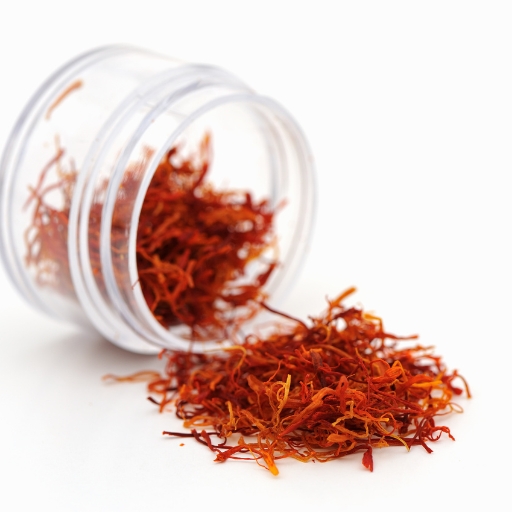
- Origin & History: Cultivated in Iran for over 3,000 years; Iran produces about 90% of the world’s saffron.
- Appearance: Thin, crimson-red threads.
- Taste & Aroma: Floral, honey-like, slightly bitter.
- Culinary Uses: Rice, stews, desserts, teas.
- Health Benefits: Contains antioxidants and may elevate mood.
- Fun Fact: Called “red gold” because it’s the world’s most expensive spice by weight.
5. Indian Black Salt (Kala Namak)
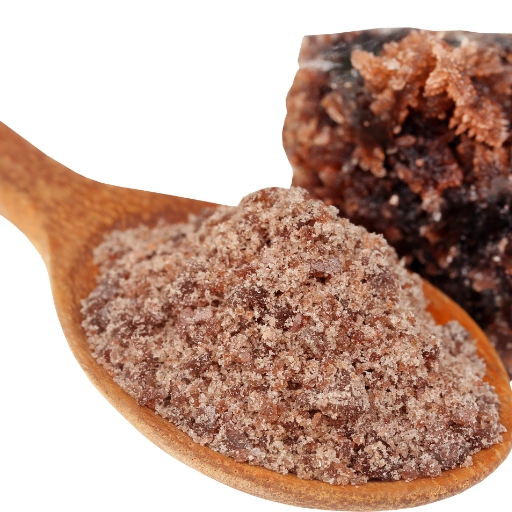
- Origin & History: Traditionally produced in India and Pakistan; used in Ayurvedic medicine.
- Appearance: Dark pink to black crystalline salt, turns pink when ground.
- Taste & Aroma: Salty, sulfurous, egg-like.
- Culinary Uses: Chaats, chutneys, raitas, vegan “egg” dishes.
- Health Benefits: Aids digestion and supports electrolyte balance.
- Fun Fact: Vegans love it for adding egg-like flavor to tofu scrambles.
6. Italian Seasoned Salt (Spice Mix)
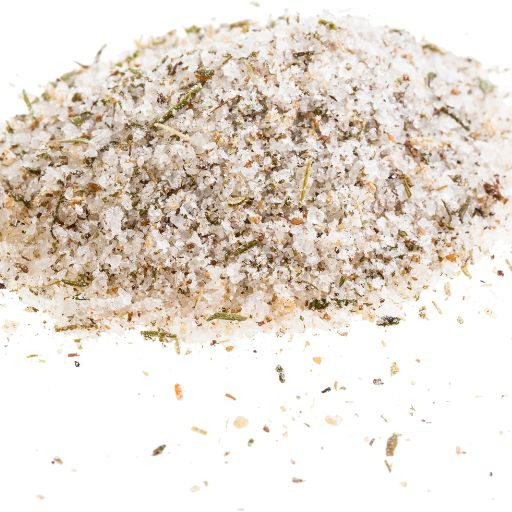
- Origin & History: A Western blend inspired by Italian cooking traditions.
- Appearance: Green-speckled salt mix.
- Taste & Aroma: Salty, herby, garlicky.
- Culinary Uses: Pasta sauces, pizza, roasted vegetables.
- Health Benefits: Provides flavor without heavy sauces.
- Fun Fact: Widely used in American-Italian kitchens rather than traditional Italian ones.
7. Ivory Coast Pepper (West African Pepper)
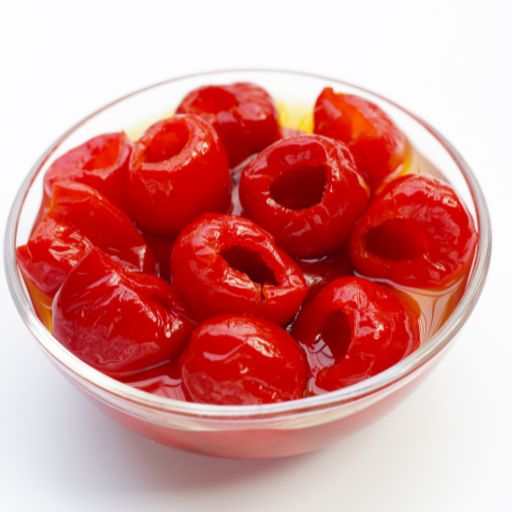
- Origin & History: Native to West Africa; used in traditional cooking and medicine.
- Appearance: Small black pepper-like berries.
- Taste & Aroma: Pungent, spicy, woody.
- Culinary Uses: Soups, sauces, stews, spice blends.
- Health Benefits: Stimulates appetite and aids digestion.
- Fun Fact: Still sold in West African markets as a prized local spice.
8. Indian Mustard Seeds
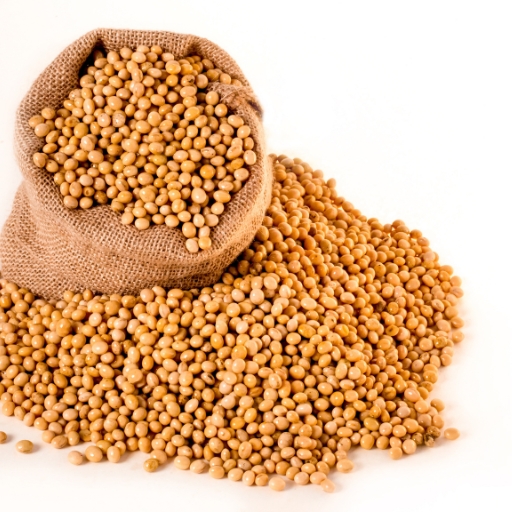
- Origin & History: Cultivated in India for centuries; essential in Indian, Bengali, and South Asian cuisines.
- Appearance: Small round seeds, brown to black in color.
- Taste & Aroma: Nutty, pungent, sharp.
- Culinary Uses: Tempering curries, pickles, vegetable stir-fries.
- Health Benefits: Rich in selenium and magnesium; supports circulation.
- Fun Fact: Popping mustard seeds in hot oil is the first step in many Indian recipes.
Seasonings that Start with I
1. Italian Seasoning
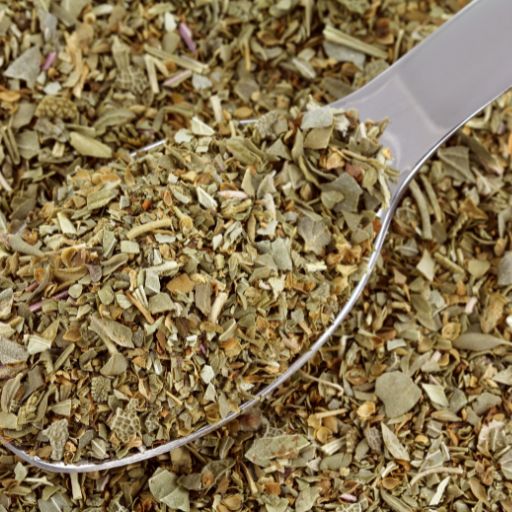
- Origin & History: Popularized in the U.S. to capture the essence of Italian cooking.
- Appearance: Green-brown dried herb blend (oregano, basil, thyme, rosemary).
- Taste & Aroma: Savory, herby, slightly sweet.
- Culinary Uses: Pizza, pasta, roasted vegetables, marinades.
- Health Benefits: Antioxidant-rich herbs aid digestion and immunity.
- Fun Fact: Traditional Italian kitchens don’t actually use “Italian seasoning” — it’s an American invention.
2. Indian Curry Powder
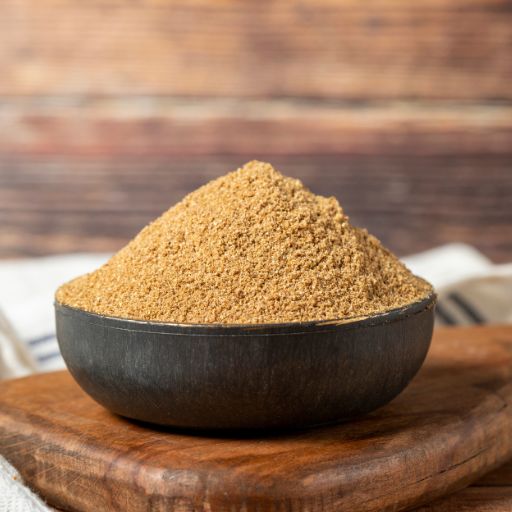
- Origin & History: Created by British colonials to replicate Indian masalas.
- Appearance: Golden-yellow spice blend.
- Taste & Aroma: Warm, earthy, spicy-sweet.
- Culinary Uses: Curries, soups, stews, marinades.
- Health Benefits: Turmeric and cumin support digestion and inflammation control.
- Fun Fact: Each curry powder varies wildly; there is no single “authentic” recipe.
3. Indonesian Rendang Spice Mix
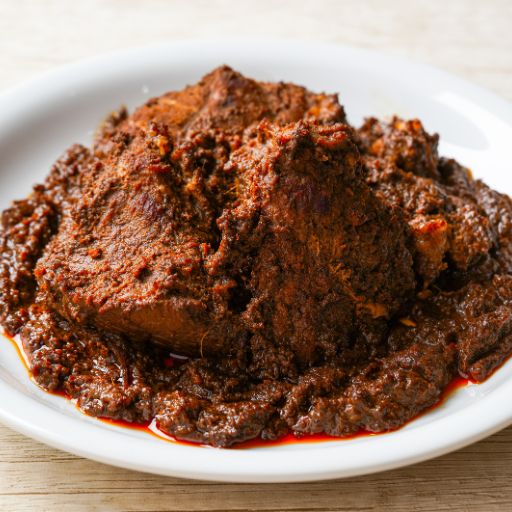
- Origin & History: Rooted in Indonesia’s Minangkabau cuisine, used for the famous beef rendang.
- Appearance: Dark reddish-brown paste or dry blend.
- Taste & Aroma: Spicy, coconut-rich, aromatic.
- Culinary Uses: Rendang curry, stews, slow-cooked meats.
- Health Benefits: Contains anti-inflammatory spices like turmeric and ginger.
- Fun Fact: Rendang is often called one of the “world’s tastiest dishes” by food rankings.
4. Indian Garam Masala (as a seasoning blend)
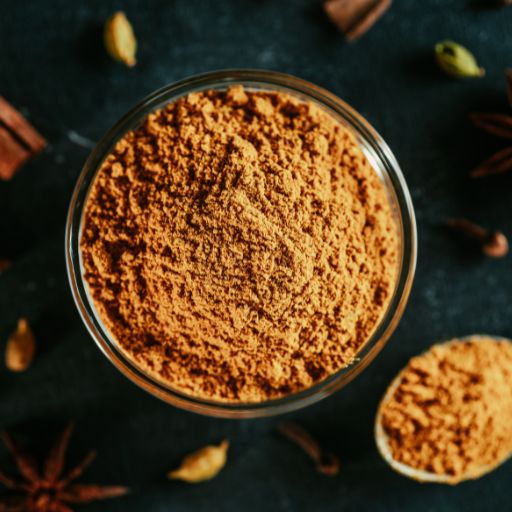
- Origin & History: North Indian kitchens have crafted this warming mix for centuries.
- Appearance: Brown powder.
- Taste & Aroma: Warm, aromatic, slightly sweet-spicy.
- Culinary Uses: Seasoning curries, rice, lentils.
- Health Benefits: Supports digestion with cloves, cumin, and cardamom.
- Fun Fact: Each household customizes its own version, often handed down through generations.
5. Italian Dressing Mix
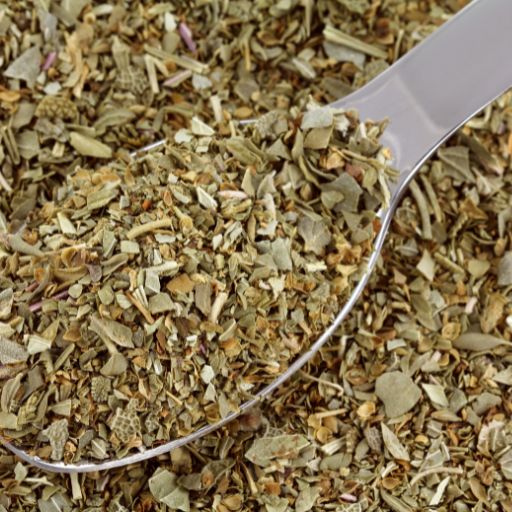
- Origin & History: Developed in the U.S. in the 20th century as a packet seasoning for quick salad dressing.
- Appearance: Pale, speckled powder of herbs, garlic, onion, and salt.
- Taste & Aroma: Tangy, herby, garlicky.
- Culinary Uses: Salad dressings, marinades, pasta salads.
- Health Benefits: Enhances salads without heavy cream-based dressings.
- Fun Fact: It became widely popular through packaged mixes in the 1940s–50s.
6. Indian Tandoori Masala
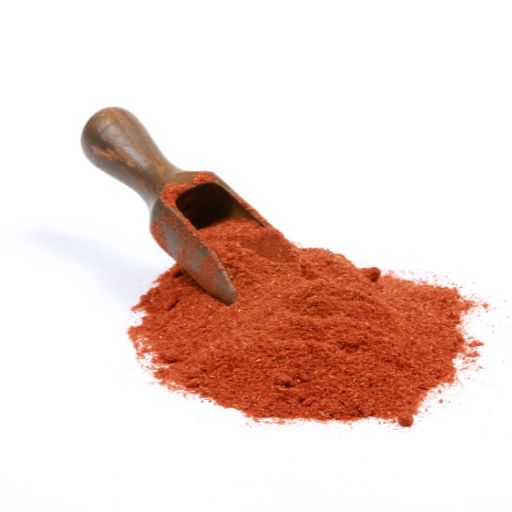
- Origin & History: Traditional seasoning for North Indian clay oven (tandoor) cooking.
- Appearance: Reddish powder from chili, cumin, coriander, turmeric.
- Taste & Aroma: Spicy, smoky, aromatic.
- Culinary Uses: Coating for chicken, paneer, seafood, and naan.
- Health Benefits: Rich in antioxidants and digestion-friendly spices.
- Fun Fact: Tandoori chicken seasoned with this masala helped popularize Indian food globally.
Herbs that Start with I
1. Indian Borage (Mexican Mint, Ajwain Patta)
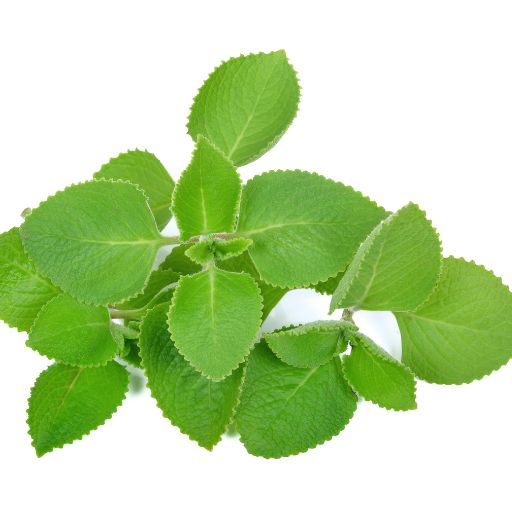
- Origin & History: Native to Africa but widely grown in India and Southeast Asia.
- Appearance: Fuzzy, thick green leaves with serrated edges.
- Taste & Aroma: Strong, oregano-like, with a hint of mint.
- Culinary Uses: Flavoring curries, teas, chutneys.
- Health Benefits: Eases coughs, colds, and digestive issues.
- Fun Fact: In India, its leaves are often given to children with honey as a natural cough remedy.
2. Indian Sorrel (Ambada)
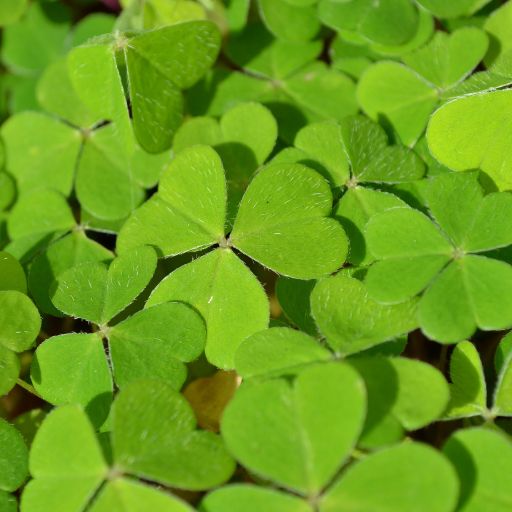
- Origin & History: Native to India; popular in regional cuisines.
- Appearance: Heart-shaped green leaves.
- Taste & Aroma: Sour, tangy, lemony.
- Culinary Uses: Used in chutneys, curries, and pickles.
- Health Benefits: Rich in vitamin C, supports digestion.
- Fun Fact: In some regions, it’s used to make tangy “gongura” pickles.
3. Irish Moss (Seaweed Herb)
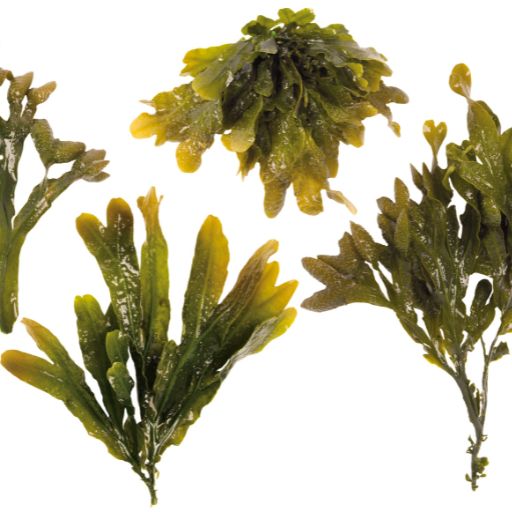
- Origin & History: Harvested along the rocky Atlantic coasts of Ireland and Scotland.
- Appearance: Red-brown seaweed that turns green when boiled.
- Taste & Aroma: Mild, sea-like, slightly earthy.
- Culinary Uses: Thickening soups, puddings, and beverages.
- Health Benefits: Rich in iodine, minerals, and prebiotic fiber.
- Fun Fact: The famous “Irish moss drink” is still popular in the Caribbean today.
4. Italian Parsley (Flat-Leaf Parsley)
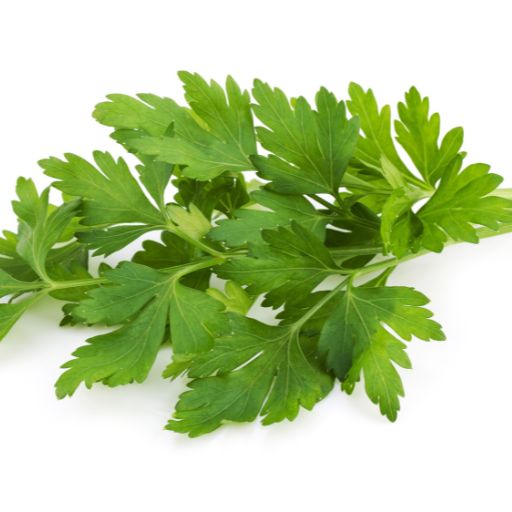
- Origin & History: Native to the Mediterranean; widely grown worldwide.
- Appearance: Flat, dark green leaves with slender stems.
- Taste & Aroma: Fresh, grassy, slightly peppery.
- Culinary Uses: Garnish, soups, sauces, salads, chimichurri.
- Health Benefits: High in vitamin K, supports bone health.
- Fun Fact: Preferred over curly parsley by chefs for stronger flavor.
5. Italian Oregano
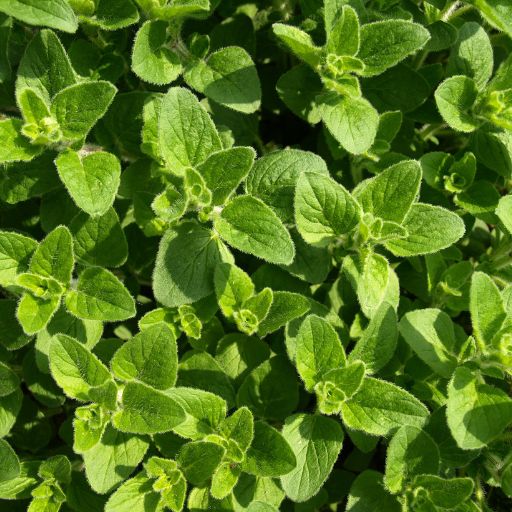
- Origin & History: Native to the Mediterranean; a cornerstone in Italian cooking.
- Appearance: Small, oval green leaves.
- Taste & Aroma: Warm, peppery, slightly bitter.
- Culinary Uses: Pizza, pasta sauces, roasted meats, tomato dishes.
- Health Benefits: Antioxidant and antibacterial properties.
- Fun Fact: Oregano gained popularity in the U.S. after WWII when soldiers returned from Italy.
6. Indian Pennywort (Gotu Kola)
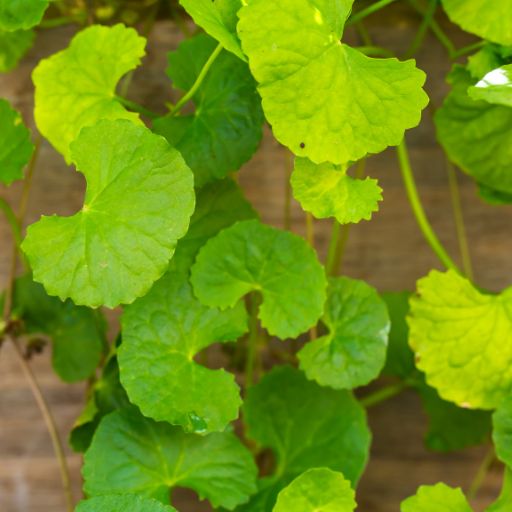
- Origin & History: Grown in India, Sri Lanka, and Southeast Asia; used in Ayurveda for thousands of years.
- Appearance: Round, green, umbrella-like leaves.
- Taste & Aroma: Mild, grassy, slightly bitter.
- Culinary Uses: Herbal teas, salads, chutneys.
- Health Benefits: Supports memory, reduces stress, improves circulation.
- Fun Fact: In Sri Lanka, it’s blended into a refreshing drink called “gotu kola sambol.”
7. Ice Plant (Mesembryanthemum)
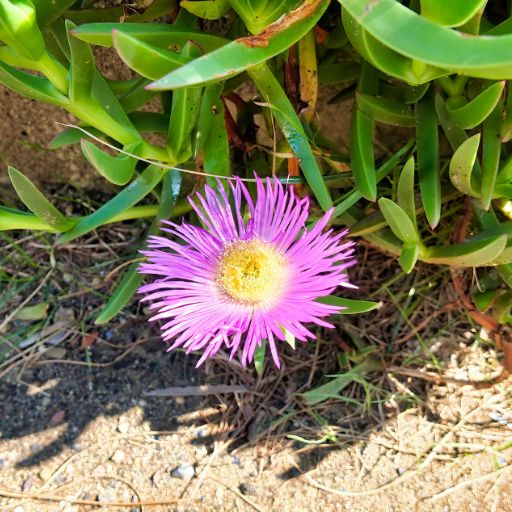
- Origin & History: Native to South Africa; cultivated as a leafy herb and ornamental.
- Appearance: Succulent green leaves covered in glistening, ice-like cells.
- Taste & Aroma: Mild, salty, slightly tangy.
- Culinary Uses: Salads, stir-fries, pickles.
- Health Benefits: Hydrating, supports skin health.
- Fun Fact: Called “ice plant” because its leaves look like they’re frosted.
8. Indian Gooseberry Leaf (Amla Leaves)
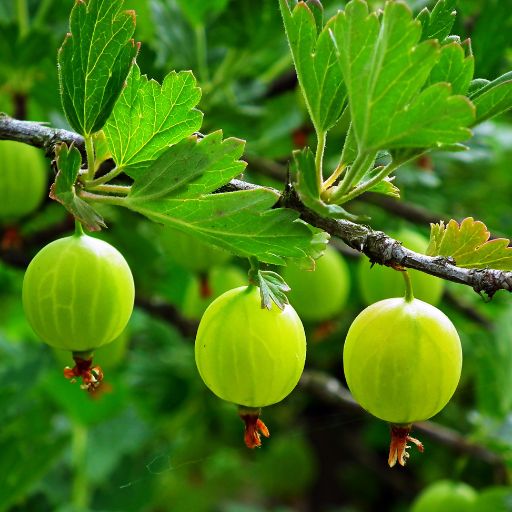
- Origin & History: From the amla tree, native to India.
- Appearance: Small, feathery green leaves.
- Taste & Aroma: Sour, tangy, astringent.
- Culinary Uses: Herbal infusions, Ayurvedic remedies, chutneys.
- Health Benefits: Rich in vitamin C; boosts immunity and skin health.
- Fun Fact: Amla is considered sacred in Hinduism, linked with Lord Vishnu.
9. Indigo Plant (Indigofera)
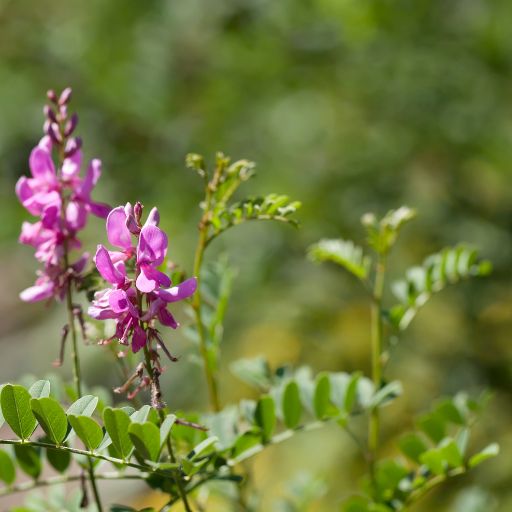
- Origin & History: Cultivated in Asia and Africa for dye and traditional herbal use.
- Appearance: Small green leaves with pink-purple flowers.
- Taste & Aroma: Bitter, earthy.
- Culinary Uses: Limited culinary use; more in herbal medicine.
- Health Benefits: Traditionally used for detoxification and hair health.
- Fun Fact: Indigo leaves were once more valuable than gold as a dye crop.
The letter I may not fill the whole pantry, but the treasures it holds are unique—from Indian long pepper to Italian herbs and Irish moss. These ingredients remind us that even the less common flavors have a place in shaping memorable meals. Curious about what comes next? Join us as we journey into the joyful world of J in our next article.

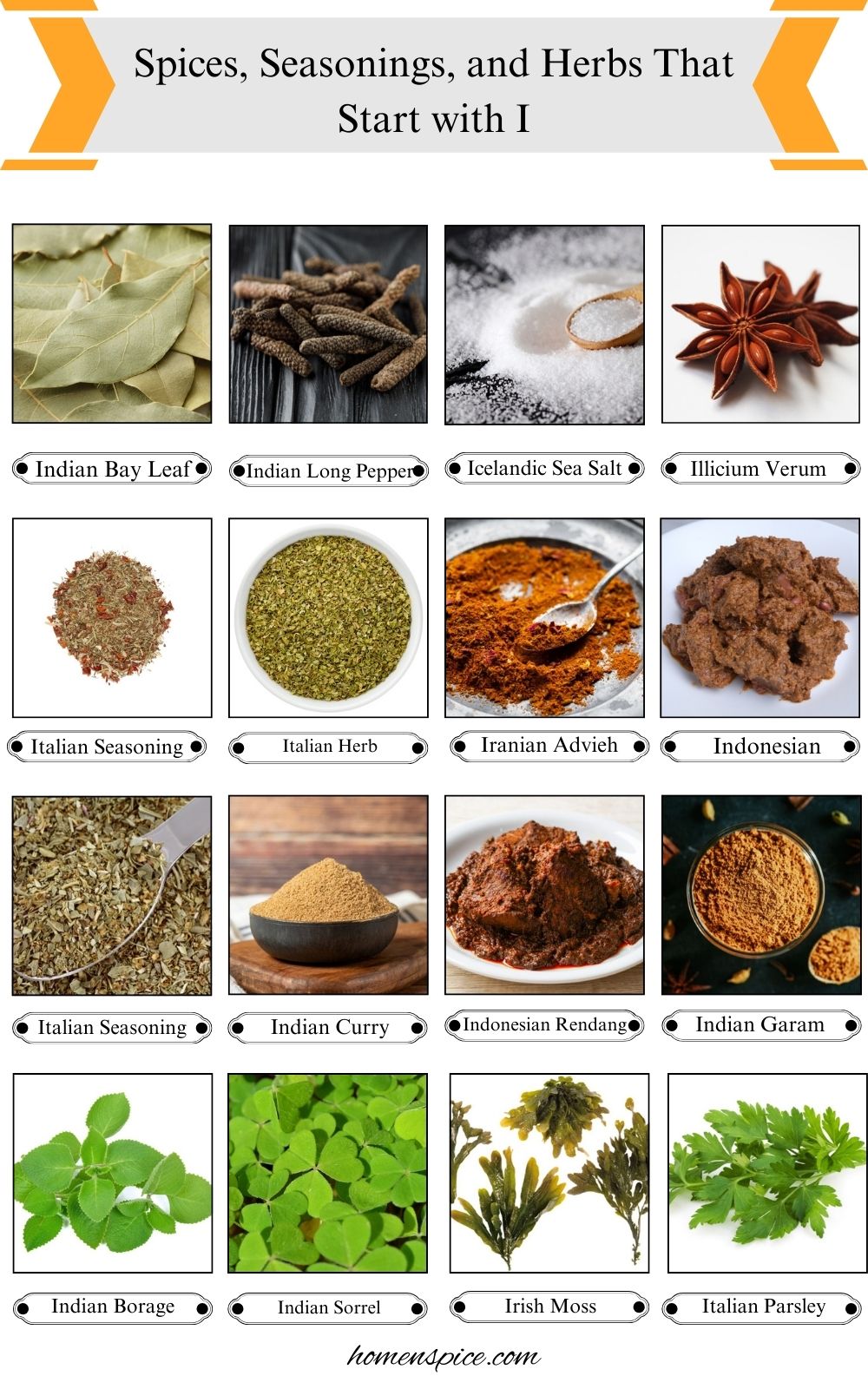
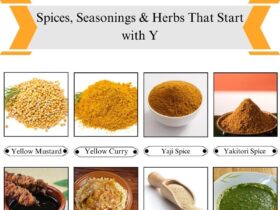
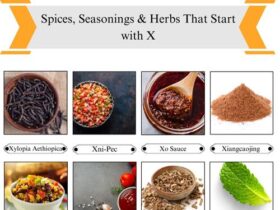
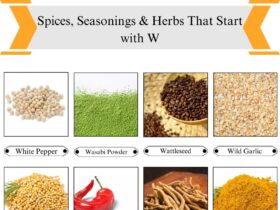
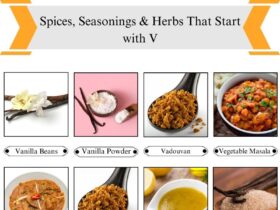
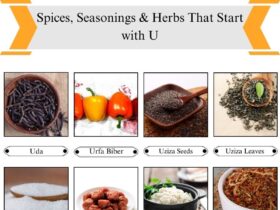
Leave a Reply